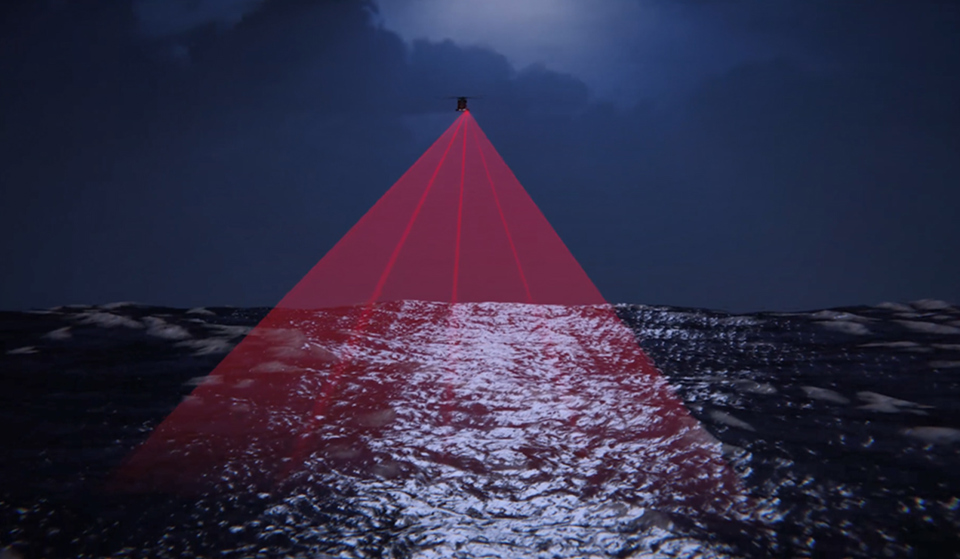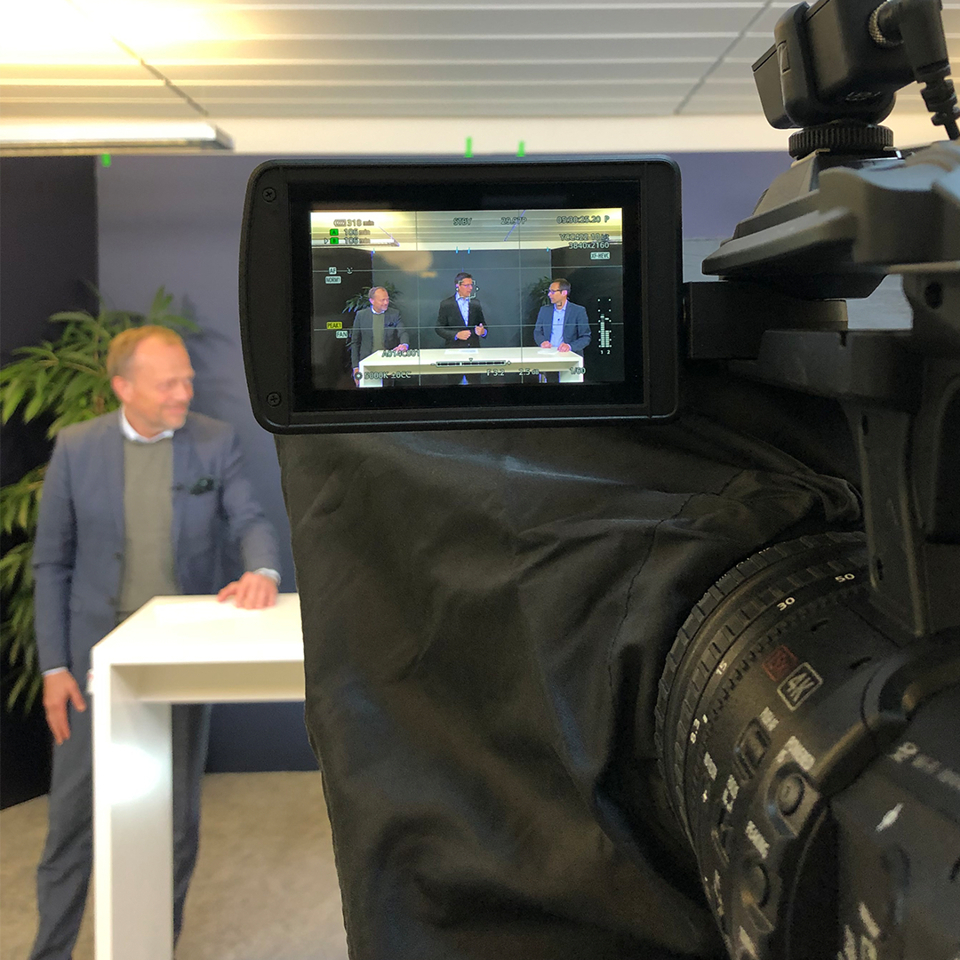2024-01-25
Terma and Aalborg University Join Forces to Save Lives
Terma and Aalborg University (AAU) join forces to develop a state-of-the-art mission pod for UAVs and helicopters, aiming to redefine the capabilities of maritime Search & Rescue (SAR) teams utilizing state-of-the-art sensors and Artificial Intelligence (AI). The project, which is subject to a 9.9 million DKK investment from Innovation Fund Denmark, aims to increase the survivability rate of persons in maritime distress by 50%. Successful test flights have already been conducted.

Terma and AAU (Aalborg University) are proud to announce a collaboration aimed at enhancing the efficiency of Search and Rescue (SAR) missions conducted by Danish authorities through the utilization of an innovative state-of-the-art mission pod equipped with AI technology. Innovation Fund Denmark has invested 9.9 million DKK in the project.
Every year, the Danish authorities conduct hundreds of maritime SAR missions in domestic and arctic waters. Exposed to cold water, persons in maritime distress face survival times as low as one hour, making time a paramount factor of SAR mission survivability rates.
Currently, SAR missions rely on manual surveys conducted by rescue personnel flying at low altitudes. These surveys typically involve minimal or no technological assistance in detecting and identifying objects in the water. Consequently, SAR rescue missions face limitations, necessitating low and reduced speeds to enhance the likelihood of successful detection. Adding to the challenges of successful rescue, operations are occasionally carried out in extremely adverse conditions, making the identification of targets in the water highly complex.
The project, called OASAR (Optimized and Automated Solution for Maritime Search and Rescue (SAR) Operations), seeks to improve the efficiency of the Danish authorities’ maritime SAR missions by developing a state-of-the-art mission pod for UAVs and Helicopters equipped with high-end sensors and AI technology. It is believed that the mission pod will increase the efficiency of maritime search and rescue operations, enhancing survivability rates by up to 50%, while simultaneously more than doubling the speed at which the UAV/helicopter can execute search operations. The technology will make use of near real-time data analytics to optimize mission planning, classification using advanced sensor systems and application of feedback loops combined with automated object detection.
Successful test flights have already been conducted in collaboration with the Danish Defense in December, affirming the functionality. These tests mark a significant step forward, reinforcing expectations for the project.
“OASAR empowers Terma to leverage our globally renowned sensing and AI expertise in addressing a vital challenge. We take pride in OASAR and eagerly anticipate collaborating with Aalborg University to advance this project.” says Project Manager at Terma, Henrik Kindberg Mortensen.
The project marks Terma’s venture into a new business area, while Aalborg University contributes with expertise within AI and complex mission planning. Furthermore, the Danish authorities are providing operational experience and access to airborne platforms, making it possible to identify limits of the technology by testing it on real equipment and conditions, ensuring its functionality in the most adverse conditions.
Information
Innovation Fund Denmark Investment: 9.9 million DKK
Budget: 15.9 million DKK
Duration: Three years
Title: Optimized and Automated Search and Rescue

Who we are
Terma in Brief
The Denmark based high-tech Terma Group develops products and systems for defense and non-defense security applications; including command and control systems, radar systems, self-protection systems for aircraft, space technology, and aerostructures for the aircraft industry.
Learn more about us



